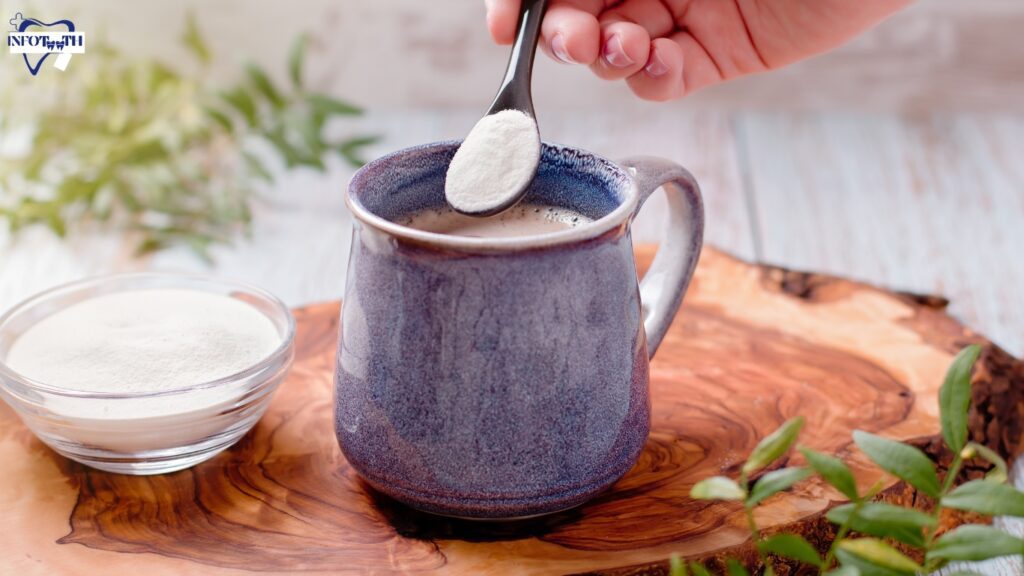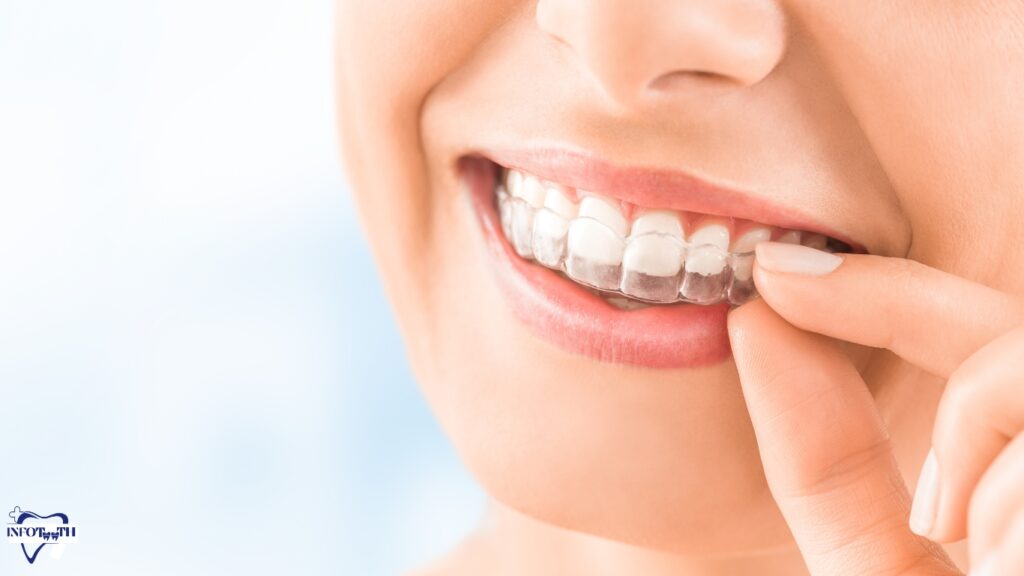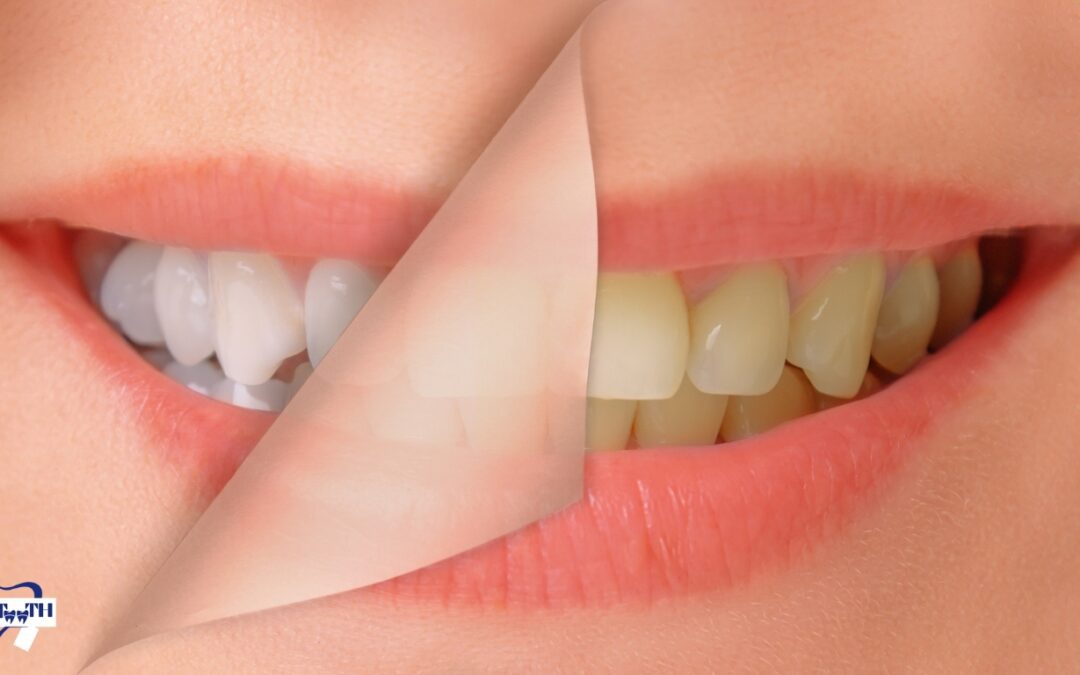Teeth Grinding Before and After (Bruxism), the scientific term for teeth grinding, is a common dental problem that is frequently ignored until serious harm has been done. We will examine about Teeth Grinding Before and After, its causes, the impact it has on dental health, and preventative and restorative techniques in this extensive guide.
Table of Contents
Let’s explore the before and after of teeth grinding as we go from identifying the warning signals to conquering the obstacles.
What are Causes of Teeth Grinding?
Anxiety and Stress:
Increased levels of stress and anxiety are among the main reasons why people grind their teeth. Anxiety during sleep is commonly accompanied by increased emotional stress, which can cause teeth to clench or grind involuntarily.

Misalignment of the teeth:
An irregular bite or dental misalignment can cause teeth grinding before and after. The body may react to improper tooth alignment by grinding teeth in an effort to find a more comfortable posture.
Factors related to lifestyle:
A few lifestyle decisions play a role in the development of bruxism. Smoking, drinking alcohol, and consuming large amounts of caffeine can all raise the risk of teeth grinding.
Disorders of Sleep:
Teeth grinding has been connected to sleep-related diseases like sleep apnea. Breathing difficulties or sleep disturbances might set off episodes of bruxism.
Adverse effects of medication:
One of the negative effects of some drugs, especially those that impact the central nervous system, is teeth grinding. When using such medications, it is crucial to be aware of potential dental complications.
Molecular Predisposition:
There is proof that bruxism may have a hereditary component. Those who have a family history of grinding their teeth may be more likely to start the habit themselves.
Coffee and Boosters:
Overindulgence in stimulants or coffee-based beverages might exacerbate bruxism. These drugs can raise arousal and cause a rise in muscle activity, which includes clenching the jaw.

What is Teeth Grinding Before and After?
Before Tooth Grinding:
Identifying the Symptoms
Mild Indications:
People may exhibit mild indications of teeth grinding, such as jaw pain, especially when they wake up.
Unknown Headaches:
Prolonged headaches, especially in the morning, maybe a sign of teeth grinding in advance.

Increased Tooth Sensitivity:
Grinding-induced enamel degradation can lead to an increase in sensitivity to hot or cold foods.
Jaw Pain and Fatigue:
Grinding during the night may cause discomfort or weariness in the jaw, particularly after waking up.
Visible Wear on Teeth:
During routine examinations, dentists may spot wear on the tooth surfaces, which could be an indication of a grinding habit.
Considerations for Preventive Measures
Stress Management Strategies:
One of the most important things you can do to stop teeth grinding is to recognize and control stress.
Dental Interventions:
Correcting misalignment with orthodontic therapy can help lower the chance of grinding.
Lifestyle Modifications:
Adopting a balanced diet and engaging in regular exercise improve general well-being and may lessen teeth grinding.

Coping Mechanisms used when Grinding your Teeth
Dental appliances and night guards:
During periods of teeth grinding, custom-fitted night guards can shield teeth and stop more damage.
Relaxation Techniques:
Deep breathing exercises and meditation can ease jaw tension and stop grinding.
Expert Assistance:
Consulting a dentist is essential for customized coping mechanisms.
Following Tooth Grinding
Dental Repair
Dental crowns or veneers are examples of restoration procedures that may be necessary for teeth that have been damaged.
Options for Cosmetic Dentistry:
Cosmetic procedures can improve the appearance of teeth that have been ground down by grinding.
Long-Term Consequences:
Continued dental care and regular checks for possible problems may be necessary to address the long-term effects.
Holistic strategy:
To preserve general oral health after grinding their teeth, people should take a holistic strategy that includes routine dental checkups, consistent oral hygiene habits, and lifestyle modifications.
Invisalign Teeth Grinding Before and After
Renowned for its discrete orthodontic treatments, Invisalign has drawn interest for its ability to treat teeth grinding before and after issues in addition to its ability to straighten smiles. People with bruxism, a disorder in which they grind their teeth, frequently look for remedies that will both align their teeth properly and lessen the negative effects of grinding at night. With its transparent aligners, Invisalign offers a novel way to address both problems at once.

The Invisalign system, which consists of transparent trays that are custom-made, corrects misaligned teeth through orthodontics and acts as a shield against the effects of bruxism. Because the aligners are made of a smooth, pleasant material, they serve as a cushion to lessen the effects of grinding and shield the teeth from excessive wear and tear.
Furthermore, a customized treatment plan can be created with Invisalign’s cutting-edge technology, taking into account the unique dental problems connected to teeth grinding. This customized method guarantees that patients not only get a straighter smile but also noticeably lessen the negative symptoms of bruxism. Teeth grinding causes the gap between the teeth.
What is the Grinded Teeth Before and After?
The way that teeth that have been ground down seem both before and after treatment is evidence of the amazing effects that focused dental care can have on oral health and general well-being. People who grind their teeth frequently suffer from a variety of problems before getting expert assistance, such as enamel degradation, jaw pain, and disturbed sleep. Beyond the obvious wear and tear, teeth grinding has negative effects on one’s general quality of life.
The alterations in teeth that have been ground are significant after receiving the necessary treatments. Orthodontic treatments, dental operations, and individualized care can restore dental health. The case study illustrates not only a visible metamorphosis with restored enamel and better dental alignment but also a noteworthy decrease in related pain.
In addition to the obvious benefits, people frequently mention better quality sleep, less jaw pain, and general well-being gains. The transformation of one’s teeth from grinding to a brighter, healthier smile emphasizes the value of prompt treatment and the life-improving effects of general dentistry.
Before and After Teeth Grinding?
Teeth grinding before and after has a significant negative influence on dental health, which frequently shows up as a variety of problems that go beyond simple aesthetic issues. The chronic clenching or grinding of teeth, or bruxism, places a great deal of strain on the oral anatomy and can result in a number of dental issues.
One of the main effects is enamel erosion because teeth are more susceptible to decay and discomfort when the protective covering is worn down by frequent friction between teeth. Furthermore, the pressure used during grinding can cause tiny cracks in the teeth, which, over time, weakens the teeth’s structural integrity.

Another common result is temporomandibular joint (TMJ) issues, which can lead to jaw pain, stiffness, and even trouble opening or closing the mouth. Regular stress on the jaw joints might affect jaw functionality overall and cause persistent discomfort.
Moreover, bruxism may be linked to gum recession because the power exerted during grinding can cause the gum line to recede from the teeth gradually. This makes the tooth roots visible and makes gum disease more likely. When discussing the effects on dental health, it becomes clear that teeth grinding before and after has far more negative effects than only aesthetic ones. This highlights the significance of early detection and proactive management in order to protect the integrity of teeth and supporting structures.
Conclusion
In conclusion, knowledge of the teeth grinding before and after stages is essential for efficient treatment. Every step in the process of achieving oral health—from identifying warning signals to taking preventive action to getting dental work done—is vital. To overcome the problems caused by teeth grinding, getting professional assistance and implementing a holistic strategy are essential.
FAQs
Q: Is the teeth grinding before and after a widespread issue?
A: Yes, teeth grinding is a common problem that affects a lot of people all over the world. Stress, alignment issues, and lifestyle choices all play a part in this prevalent issue that affects general well-being and oral health.
Q: Can teeth grinding truly be caused by stress?
A: Indeed, bruxism, or teeth grinding, can be brought on by stress. Stress can cause emotional pressure that might physically show up as tooth clenching and grinding that is not voluntary.
Q: How can I stop grinding my teeth at home?
A: Use stress-reduction strategies, maintain proper sleep hygiene, and think about getting a nightguard to stop teeth grinding at home. For best effects, stay away from alcohol and caffeine right before bed.
Q: Does tooth grinding that goes untreated have long-term effects?
A: If left untreated, tooth grinding can cause persistent pain, jaw issues, and deterioration of the enamel. Seeking prompt treatment is essential to maintaining oral health and preventing long-term harm.
Q: What developments in the management of teeth grinding are we likely to witness?
A: In the treatment of teeth grinding, expect novel strategies like cutting-edge dental technology, individualized therapies, and newly developed drugs that promise more efficient and customized solutions for better patient outcomes.

